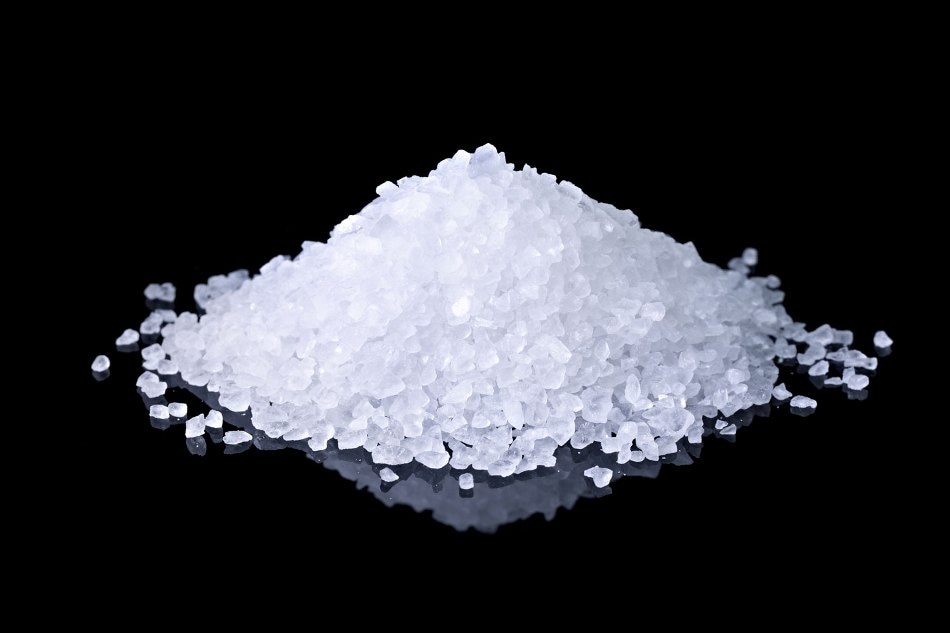Oct 10 2017
With a warming world moving from fossil fuels toward renewable solar and wind energy, industrial forecasts predict a limitless requirement for battery farms to store power and provide electricity when the air is still and the sky is dark.
Stanford Researchers, against this backdrop, have created a sodium-based battery capable of storing the same amount of energy as a modern lithium ion, at considerably lower cost.
 Stanford researchers are developing a sodium ion battery based on a compound related to table salt. (Image credit: Getty Images)
Stanford researchers are developing a sodium ion battery based on a compound related to table salt. (Image credit: Getty Images)
Chemical Engineer Zhenan Bao and her faculty collaborators, Materials Scientists Yi Cui and William Chueh, are not the first Researchers to plan a sodium ion battery. However, they believe that the approach they describe in an October 9th. Nature Energy paper has the performance characteristics and price to develop a sodium ion battery costing less than 805 of a lithium ion battery with the same storage capacity.
Nothing may ever surpass lithium in performance. But lithium is so rare and costly that we need to develop high-performance but low-cost batteries based on abundant elements like sodium.
Zhenan Bao, Chemical Engineer
With materials constituting almost one quarter of a battery’s price, the cost of lithium – nearly $15,000 a ton to mine and refine – seems to be large. This is the reason why the Stanford team is basing its battery on extensively available sodium-based electrode material that costs only $150 a ton.
This sodium-based electrode has a chemical makeup that is common to all salts: It comprises of a positively charged ion – sodium – linked to a negatively charged ion. In table salt, chloride is considered to be the positive partner, but in the Stanford battery a sodium ion binds to a compound called myo-inositol.
Myo-inositol, unlike the chloride in table salt, is not a household word. However, it is a household product, present in baby formula and obtained from rice bran or from a liquid byproduct of the process used for milling corn. Essential to the concept of lowering the cost of battery materials, myo-inositol is considered to be an abundant organic compound familiar to industry.
Making it work
The sodium salt makes up the cathode, which is considered to be the pole of the battery that stores electrons. The internal chemistry of the battery shuttles those electrons toward the anode, which in this situation is made up of phosphorous. The battery works better when the cathode shuttles those electrons toward and backward versus the anode in a more efficient manner.
For this prototype, Postdoctoral Scholar Min Ah Lee and the Stanford team enhanced how sodium and myo-inositol allow that electron flow, considerably boosting the performance of this sodium ion battery over earlier attempts. The Researchers mainly concentrated on the favorable cost-performance comparisons between state of the art lithium and their sodium ion battery. In the future, they will have to focus on volumetric energy density – how big must a sodium ion battery be in order to store the same energy as a lithium ion system.
Additionally, the team optimized their battery’s charge-recharge cycle – how efficiently the battery stores electricity generated from a rooftop solar array, for example, and how effectively it releases such stored power to, say, run the house lights at night. In order to improve the understanding of the atomic-level forces at play during this process, Postdoctoral Scholar Jihyun Hong and Graduate Student Kipil Lim worked along with Chueh and Michael Toney, a Scientist with the SLAC National Accelerator Laboratory. Together they analyzed precisely how the sodium ions attach and detach from the cathode, an understanding that helped advance their complete battery design and performance.
The Stanford Researchers believe their Nature Energy paper shows that sodium-based batteries are capable of being cost-effective alternatives to lithium-based batteries. The Researchers now plan to focus on tweaking the anode of their sodium ion battery as they have already optimized the cathode and charging cycle.
This is already a good design, but we are confident that it can be improved by further optimizing the phosphorus anode.
Yi Cui, Materials Scientist
Other members of the team are Stanford Researchers Jeffrey Lopez, Yongming Sun and Dawei Feng. The work was funded by the U.S. Department of Energy’s Advanced Battery Materials Research (BMR) Program. X-ray measurements were performed at the Stanford Synchrotron Radiation Laboratory (SSRL), a national user facility operated by Stanford University on behalf of the U.S. Department of Energy, Office of Basic Energy Sciences.